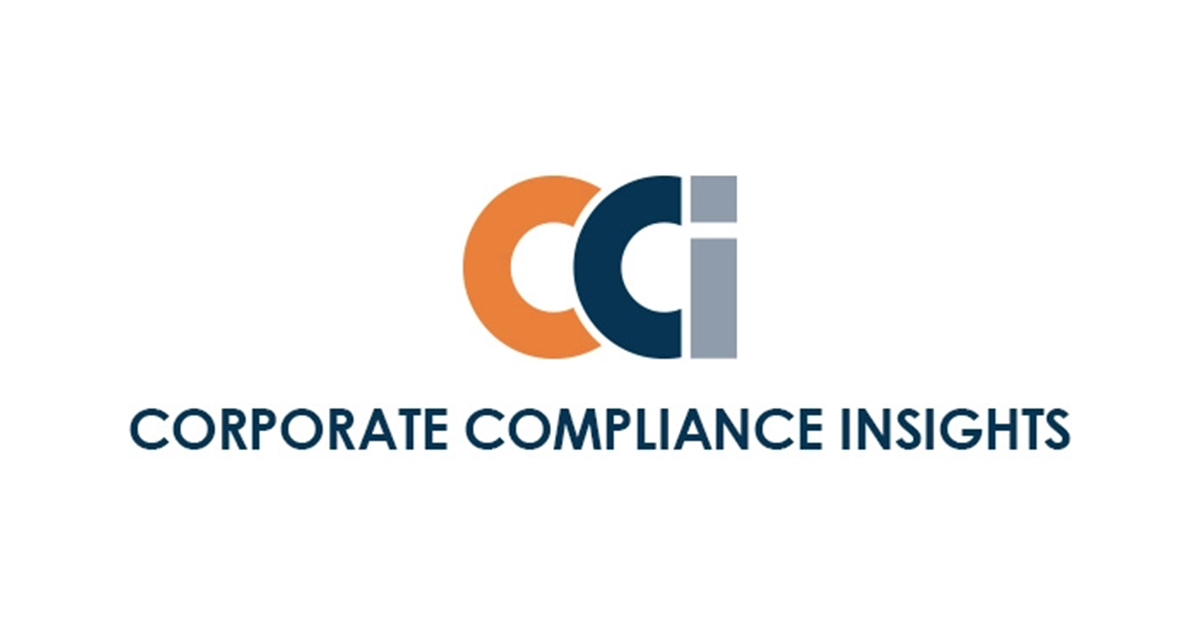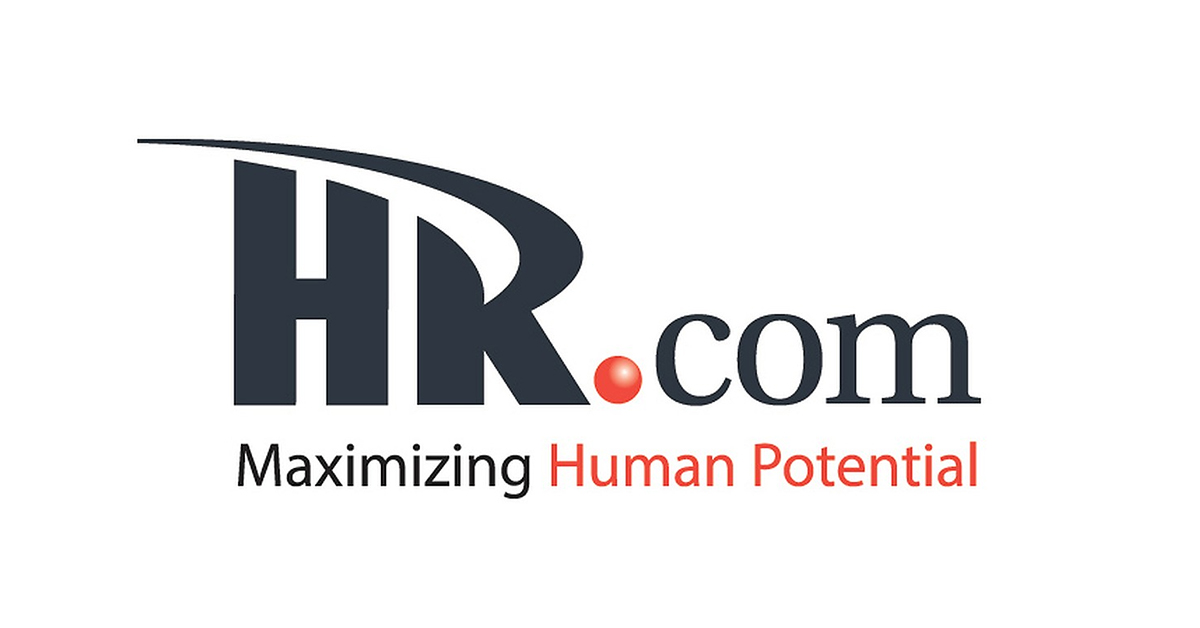An Introduction to Labor and Employment Law
If you find yourself wondering what the difference between labor law and employment law is, we are here to help provide some clarity on these topics. In day-to-day use, you may find that these terms can be used synonymously. This is because they both have to do with the rights and protections of employment. However, to get down to the brass tacks, labor law can be defined more specifically as any law that relates to the rights and responsibilities of workers while employment law can be defined as the legal practice which covers the rights, responsibilities and obligations of both workers and employers and the employee-employer relationship.
The numerous federal laws that are put in place to outline the rights of employees and employers are expanded upon by state and local laws, which can make things confusing and tricky to navigate. It is important for HR professionals to understand these laws in order to strategically and proactively manage their workforce while remaining compliant with labor and employment laws to avoid risk. These risks can include financial loss when paying out settlements or claims, damage to an organization’s reputation, and even costly lawsuits.
Depending on the size of the organization, HR’s role in employment and labor law compliance may vary greatly. Some larger organizations have fully staffed teams of legal experts who help guide the HR team and ER leaders. In some cases, HR generalists may be asked to take on more of the heavy lifting when it comes to compliance and risk management. As such, it is highly important for all ER and HR professionals to understand this field.
Plus, HR professionals with legal expertise are highly sought after since organizations value a proactive approach to minimizing risk. Understanding these laws empowers industry workers to know when to make decisions on their own and when to escalate to outside counsel. With a deep understanding of the field of labor and employment law, HR professionals can help companies protect the rights of employees while avoiding unnecessary claims, which is a win-win situation for all parties.
The Importance of Labor and Employment Law in the World of HR
Labor laws are important in the world of HR as they are put in place to act as a foundation for every employee-employer relationship. With regards to employees, they afford them protection of law for fair pay, work hours, workplace safety, and fairness in general. These are the employees’ legal rights. Labor and employment laws serve to educate workers on their rights and responsibilities as well as what is expected of them from their employer. In addition to this, these laws also help employees know when to take action when a right has been violated. Essentially, they provide a barometer of what is fair, safe, and expected in the workplace.
Labor laws are not just put in place to benefit employees, however. They are also there to help guide employers and grant them rights as well. Labor and employment laws grant employers the right to hire and fire at will. Without this right, it could become extremely difficult to adequately staff an organization with suitable, well-performing employees. Employment laws also set straightforward guidelines for employers to follow when it comes to daily operations and meeting their responsibilities to their employees.
To dive deeper into labor and employment laws, there are a few laws that every employer and HR professional should know. Labor laws can be broken down into 5 main categories: Workplace safety laws, immigration laws, employee benefits laws, wage and hours laws, and workplace discrimination laws.
Workplace safety laws are founded upon the Occupational Safety and Health Act of 1970, better known as OSHA. OSHA, which is overseen by the Occupational Safety and Health Administration, was created to ensure all employees have safe working conditions. This is important because without safe workplaces, employees can be subject to injuries, health issues and even fatality. Employers, of course, want to keep their employees safe, but strictly adhering to these standards and abiding by the rule of law to a tee also helps avoid potential costly lawsuits down the line if any issues or accidents do arise.
Immigration laws protect the rights of candidates who are eligible to work in the United States including citizens and non-citizens and ensure organizations abide by anti-discrimination laws and regulations. An important immigration law to be familiar with is the Immigration and Nationality Act of 1952. This act prohibits employers from discriminating against qualified applicants on the basis of national origin.
Employee benefits laws protect employees’ access to benefits. These laws include the Affordable Care Act, the Employee Retirement Income Security Act, the Consolidated Omnibus Budget Reconciliation Act, and the Health Insurance Portability and Accountability Act. All of these laws work together to ensure workers have access to adequate and affordable health insurance coverage and protect against discrimination based on medical conditions or health history.
Wage and hour laws, such as the Fair Labor Standards Act, ensure workers do not work for too many hours, outline overtime pay requirements, protect against child labor, and dictate the national minimum wage. Wage and hour laws are overseen by the U.S. Department of Labor.
Some of the most important workplace discrimination laws to note are the Americans with Disabilities Act, the Age Discrimination in Employment Act, the Equal Pay Act, and the Pregnancy Discrimination Act. Since claims of discrimination can be brought up even before someone is hired, it is important to have statutes in place that protect against workplace discrimination over the entire course of the employee lifecycle, from initial interview to termination.
After reviewing all this information, it is clear to see that labor and employment laws are extremely important when it comes to the makeup of the workplace. Beyond the workplace, however, these laws help to form a society that is decent, humane, safe, and equitable. Of course, we now hold that child labor is wrong, working employees to the bone is not healthy, and safe work conditions are a must, but that was not always the case. Thus, we have labor laws in part to thank for making our world a better place.
Best Practices for Staying up to Date with Labor and Employment Law in an HR Department
It can be tricky to stay in the know when it comes to the vast world of labor laws. To stay on top of changes made to labor and employment related legislation, we recommend that you keep an eye out for updates in the news and media – maybe even set a google alert for terms that apply to your state and local legislatures! Remember that employment laws apply to all employers within the U.S. and its territories, so it’s extremely important to cover all your bases.
For example, at the national level, a bill known as the Forced Arbitration Injustice Repeal Act (FAIR), has passed the US House and has gone to a committee in the Senate. If it passes and becomes signed into law, employers will need to review any forced arbitration agreements they have in place to ensure compliance with the new law. This would be a good one to keep an eye on!
Similarly, wage transparency laws have been enacted in states like Colorado and New York and are quickly being adopted in many other states as well. These laws require that jobs posted include salary ranges for increased transparency and equity. Recruiting and compensation teams are shifting their approach to remain in compliance, adapting to this new “normal.”
HR Policies You Should Implement Right Now
Applying labor law as an employer can feel uncertain and ambiguous, especially when you have employees in more than one territory. Since regulations vary from state to state it is extremely important to be aware of the laws that pertain to their employees and how they affect issues of discrimination, harassment, training, and safety. If you haven’t already, the first step you should take is implementing an HR risk and compliance solution. When you have a purpose-built tool working for you, managing these issues becomes easier.
It’s easy to feel overwhelmed by workplace issues. That’s why HR Acuity goes beyond case management; it’s also a human resource risk management tool. We give you access to the processes, content, expertise, and experience you need to protect your organization while mitigating legal and financial liability. By using user-friendly, purpose-built software, up to date best practices will quickly become the default for your ER team. If you’re ready to level up and equip your team with the best, be sure to request a demo.




